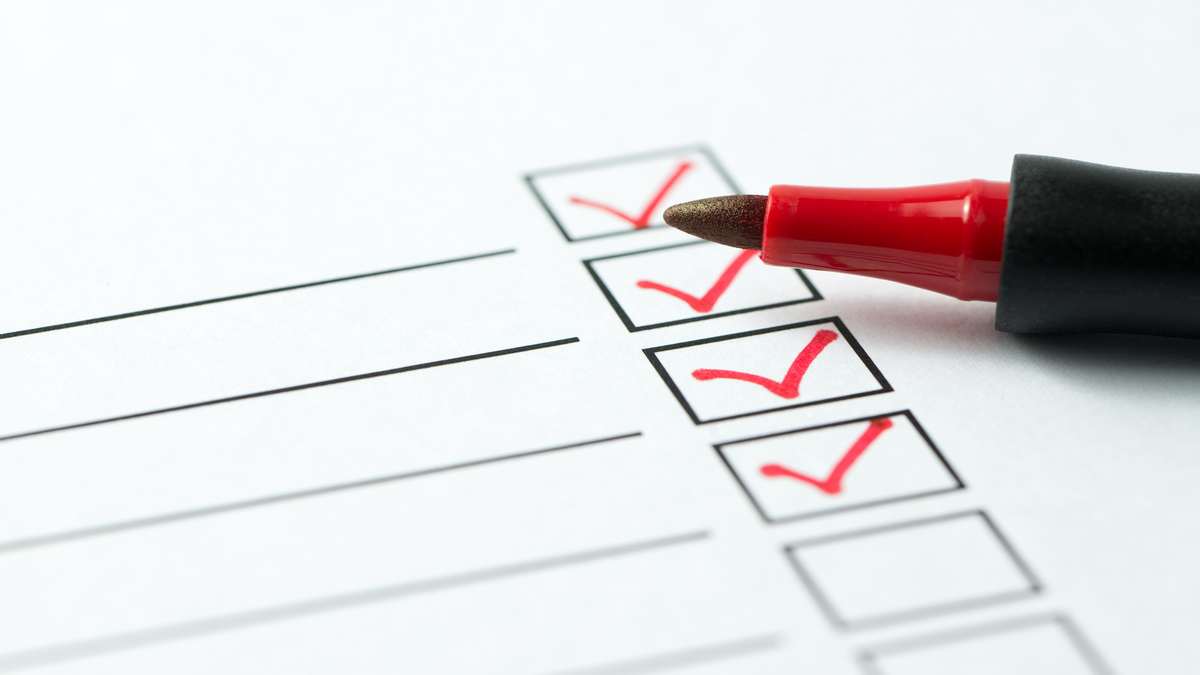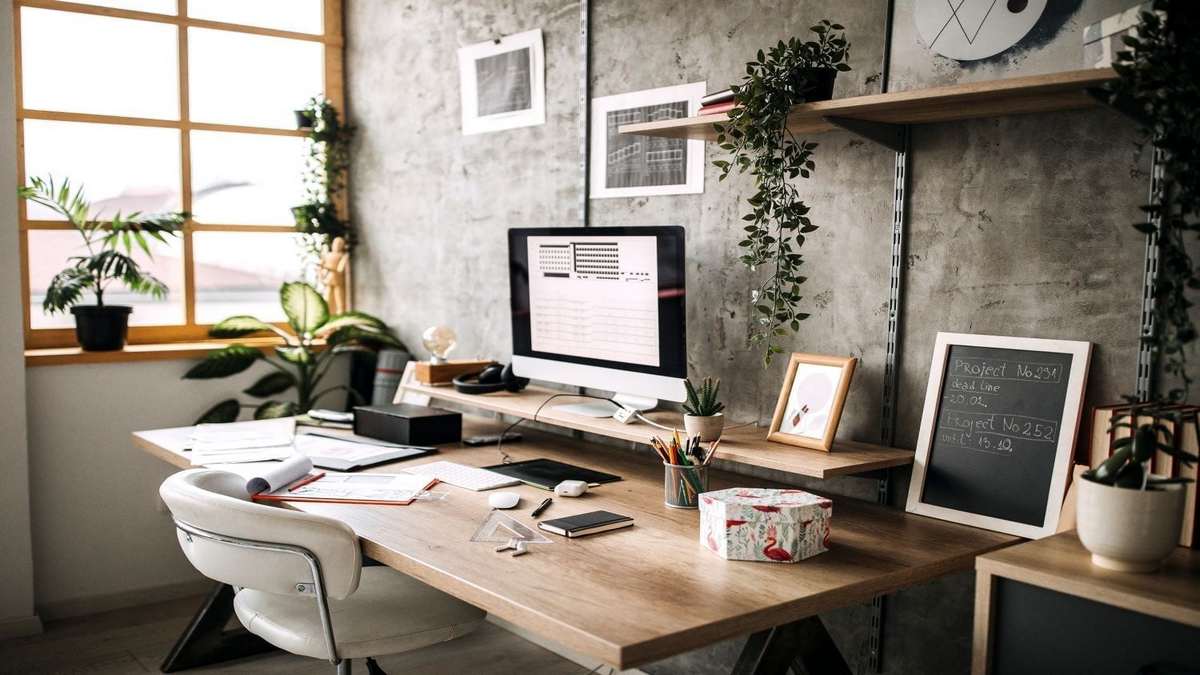
No matter which industry you work in, safety should always be your top priority. When you focus on safety for your employees, equipment, and clients, you’ll worry less about costly repairs, replacements, and dangerous accidents.
Maintaining workplace safety is also a legal requirement in Australia and avoiding proper safety protocol could land your business in serious trouble.
The simplest way to guarantee a safe workplace is to invest in the right kind of safety equipment. With this ultimate safety equipment checklist, you’ll know exactly which investments to make to create a safe and secure workplace for all.
1. Gas detection equipment
We simply can’t understate the importance of gas detection equipment for maintaining a safe workplace. Gas leaks can occur in many different places, and these leaks can put a building’s inhabitants at serious risk.
Gas detectors measure the concentration of certain gases in a space and alert workers or residents if it exceeds a certain threshold.
To ensure that gas detector devices, like the Gasalert Microclip XL from Honeywell, work properly, they need to be tested on a regular basis. Which is why it’s critical for workers to know how to test them.
2. PPE (Personal Protective Equipment)
Industrial environments, such as construction sites and mining pits, can be dangerous and hazardous to workers. For this reason, it is important for workers to wear personal protective equipment (PPE) before entering these environments. Common examples of PPE include safety glasses, gloves, hard hats, and steel-toe boots.
At its core, PPE gear protects workers from the daily hazards they face in the workplace. Depending on the industry and the worker’s individual duties, they may also need an air mask, respirator, or other kinds of PPE.
3. Safety tools
To maintain workplace safety, companies need to provide the proper safety tools for their employees.
Insulated tools are a great example. Common in the electrical and electronics industries, these specialised tools help protect workers from electric shocks. Without insulation, workers may fall victim to shock or electrocution when they touch metal objects like pipes and wires—a situation you just don’t want to risk!
If you run a business in another industry like construction, be on the lookout for ergonomic tools. While these tools may be more expensive upfront, they’ll pay dividends in the long run by keeping your employees comfortable and prevent injuries on the job site.
4. Barriers
Barriers are another vital element for preventing accidents and maintaining a safe working environment.
Barriers limit the risk of accidental contact with dangerous materials and objects. They also provide protection from hazardous substances that may be around the workplace, such as oil spills or chemicals.
One of the most well-known barriers is plexiglass. Plexiglass is a type of plastic that is lightweight but durable, making it fantastic for quickly blocking off dangerous areas.
Conclusion
Investing in the right safety equipment is essential for maintaining a safe working environment. But before you start shopping around, it’s best to understand which type of equipment makes sense for your business an industry. For example, if you work with electricity, investing in insulated equipment is a smart choice—but this may not be necessary for many other industries.



